'He screamed like a schoolgirl': Why we need to rethink our phobia of rats
While for many people rats are the stuff of nightmares, plenty of experts believe that it’s actually humans who must change.
The anonymous British animal lover behind popular Facebook page The Rodent Nurse believes there is a soft and cute side to rats and says they make great pets.
By better understanding rats, The Rodent Nurse hopes that people will think twice before laying out deadly poisons and decide to use humane traps instead.
“When most people think of rats, they think of these disgusting or dirty creatures in the sewers,” she told Yahoo News Australia.


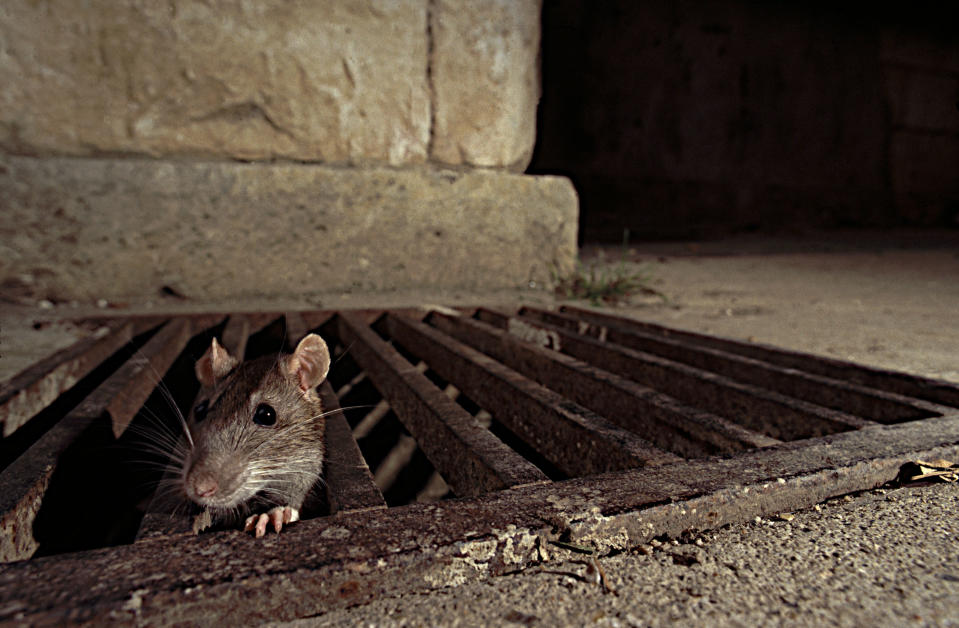
“They don’t realise how much you can love a rat as much as you can any other cuddly pet ... Rats are actually very loving and intelligent animals - they’re very misunderstood,” she said.
In fact rats use much of the same body language to communicate as dogs and cats.
Snapping back their ears indicates fear, “splooting” on the ground is a sign they’re relaxed, and puffing their fur means the rat is being aggressive.
Rats demonised by horror movies
Sydney-based psychotherapist Tim Thornton believes rat phobias stem from a lived experience, but also trans-generational fear.
He argues historical events like the bubonic plague have influenced how societies feel about rats.
“In horror movies and fairy stories rats have been demonised,” he said. “When I work with phobias I always try and find out where it began.
“Most times there’s a trigger point where years ago something happened.”
Mr Thornton uses hypnotherapy to help identify where their phobia manifests itself in the body.
He guides the patient, helping them revisit where the person’s fear began in order to overcome irrational ideas.

Rat found longer than a man’s arm
One person who experienced a horrific situation with rats is pest exterminator Steven Jackson.
His company, Expert Pest Control, once removed a rat he describes as being longer than an average man’s forearm, from the office of an “exclusive” real estate agent in Sydney.
“They were getting these massive scraping and thumping noises from their suspended ceiling,” he said.
Laying out food laced with poison did not work as the rat had got fat from raiding toppings from the neighbouring pizza restaurant.
He caught the rat in a standard trap and had to use both hands to lift it outside for disposal.
But this isn’t the biggest horror story of his career.
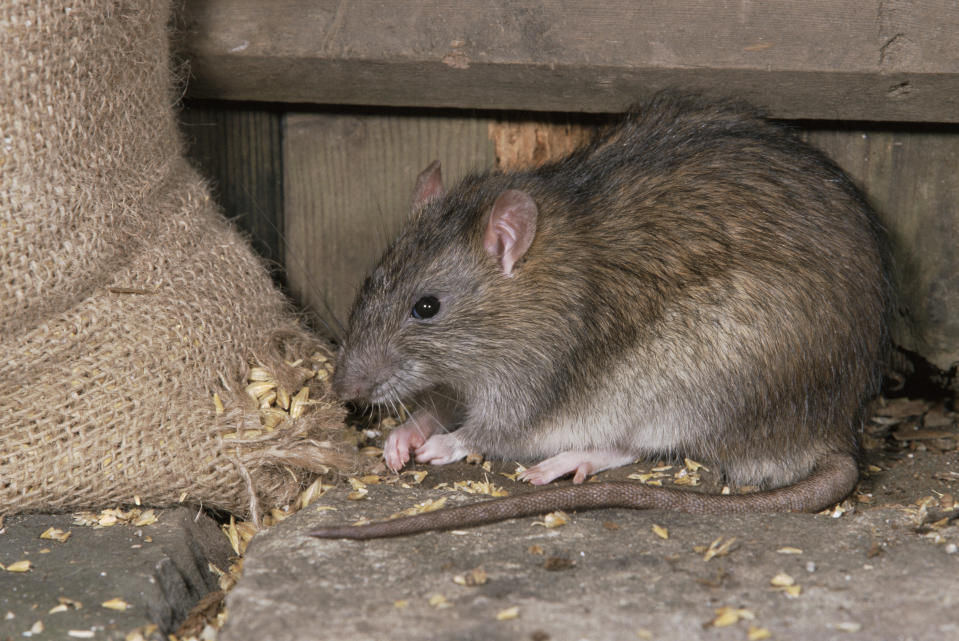
“We were treating a suburban house and Michael, my colleague, he pushed the manhole cover up and one was actually resting on the manhole cover and it fell down the back of his shirt,” he recalled.
“We have our shirts tucked in. So, he had the joy of a rat running around in his shirt trying to escape.
“He jumped 10 feet in the air and he screamed like a 10-year-old school girl.”
Mr Jackson said despite these “shocking” run-ins with rats he does admire them and only kills them when forced to.
Rather than try to physically catch them, he will sometimes remove the rat from a building, seal up its entrance and let it go as his “good deed for the day”.
Rats: The saviour of the human race
While it is impossible to know exactly how many rats live in Australia, Professor Matthew Crowther from the University of Sydney suggests their numbers exceed the human population.
It’s not just the introduced European species of rat that live in Australia, there are also native rodents that are often mistaken as being feral pests and killed.
Professor Crowther adds that rats have been critical for the survival of the human race.
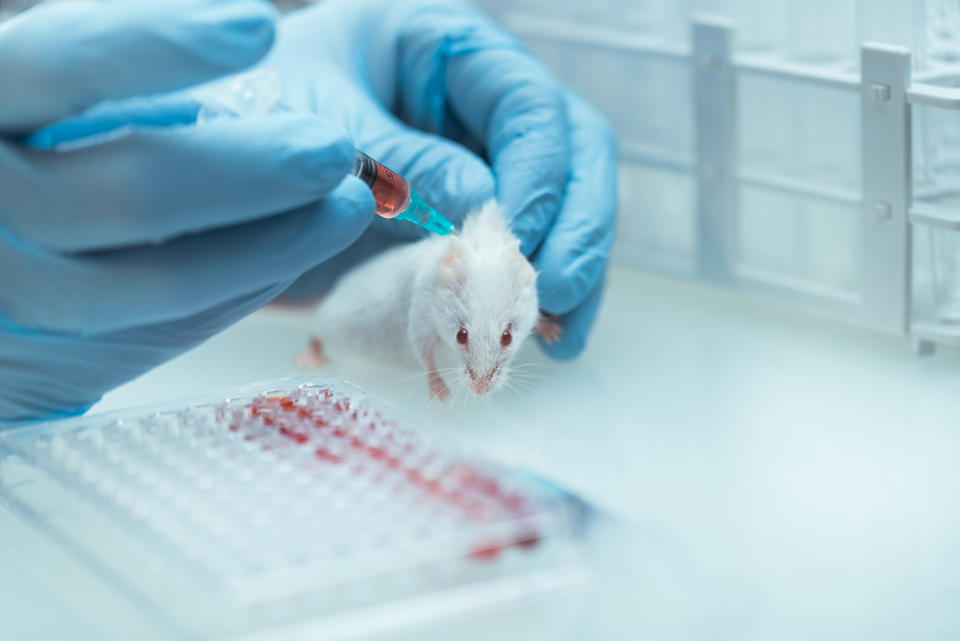
“People think they are not good for us because they destroy our foods, ruin our cabling and spread diseases,” he explained.
“But, if you think of human breakthroughs, the brown rat in particular as a lab species, well a lot of people wouldn’t be walking around today if it wasn’t for the research done on them.
“There’s that dichotomy because the animal that makes us sick in urban environments is the same species that has been critical for medical breakthroughs.”
Talk to rats like they’re a five year old
Animal communication specialist Simonne Lee helps helps clients work with their pets when they display negative behaviours due an issue or misunderstanding.
“I start talking to the animals using my five senses and energy and feeling what they’re feeling and translating it for the owner,” she told Yahoo News Australia.
“I’m able to tell the owner what their pet is wanting and creating an agreement that way.
“It’s usually just clearing up communication between the owners and their pets.”
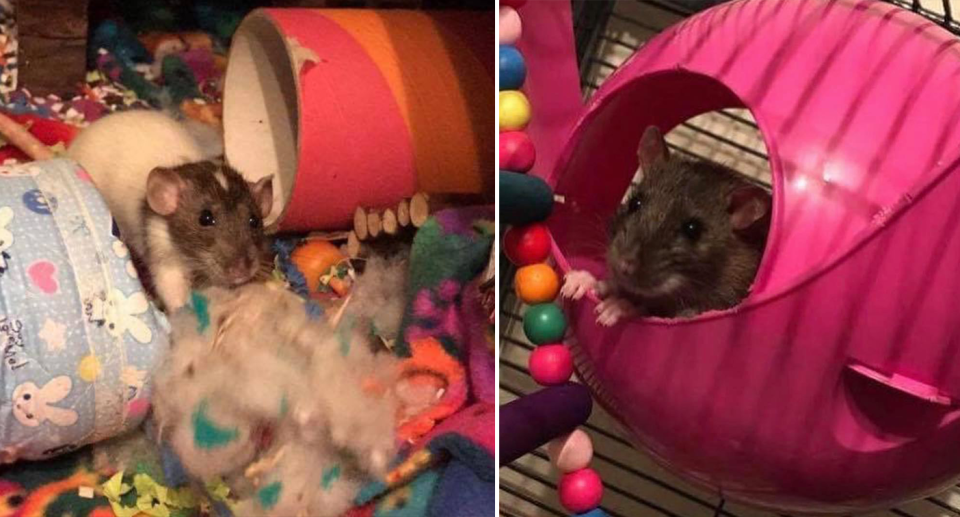

Ms Lee describes rats as being particularly “loving animals” as well as quick to learn.
She describes them as being very territorial and like birds, they tend to fall in love with one person in the household.
“They have their person, so if say the man gets a new partner, it’s introducing them so the rat doesn’t bite the new girlfriend coming in,” she said.
“Or if the owner has been sick, and the rat has become unstable because they don’t know who to go to and what’s going on, that’s when I come in.
“I really talk to them like I’m talking to a five to eight year old.”
“They are so clever.”
'Walking dead': The toxic supermarket product killing Aussie wildlife
Aussie tradies' sacrifice to help lions retired from the circus
Why animal lovers' 'kind act' may be killing Australian birds
Inside the 'heartbreaking' dog meat farm where up to 5000 animals were slaughtered
Rats: ‘A human problem’
Professor Crowther has dedicated much of his career studying the impact of rats on urban areas.
He is aware the rats can cause huge problems, especially when it comes to spreading disease, but he thinks we need to address perceptions of the rodents.
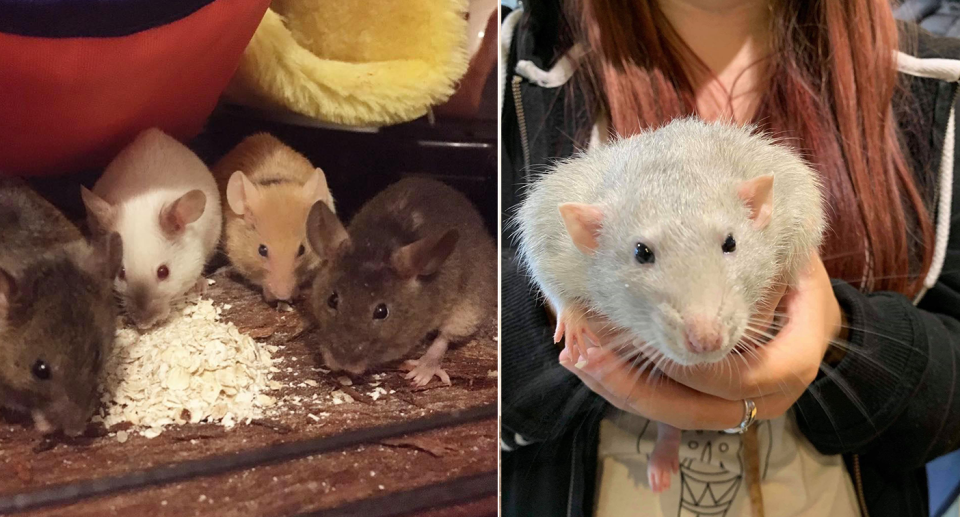
Professor Crowther notes that rats followed humans around the world, living among us, because we have created environments that suit their requirements.
“If we’re going to live in cities that are high density and have lots of food and resources, we’re going to have to live with rats,” he said.
“We won’t get rid of them - we try and poison them and it kills a lot but not all of them as they reproduce so fast.
“Rats in our cities isn’t really a rat problem, but a human problem. They’re not doing anything worse to the environment than the human species is.
“We should probably have a lot of respect for them.”
Do you have a story tip? Email: newsroomau@yahoonews.com.
You can also follow us on Facebook and Twitter, download the Yahoo News app from the App Store or Google Play and stay up to date with the latest news with Yahoo’s daily newsletter. Sign up here.



